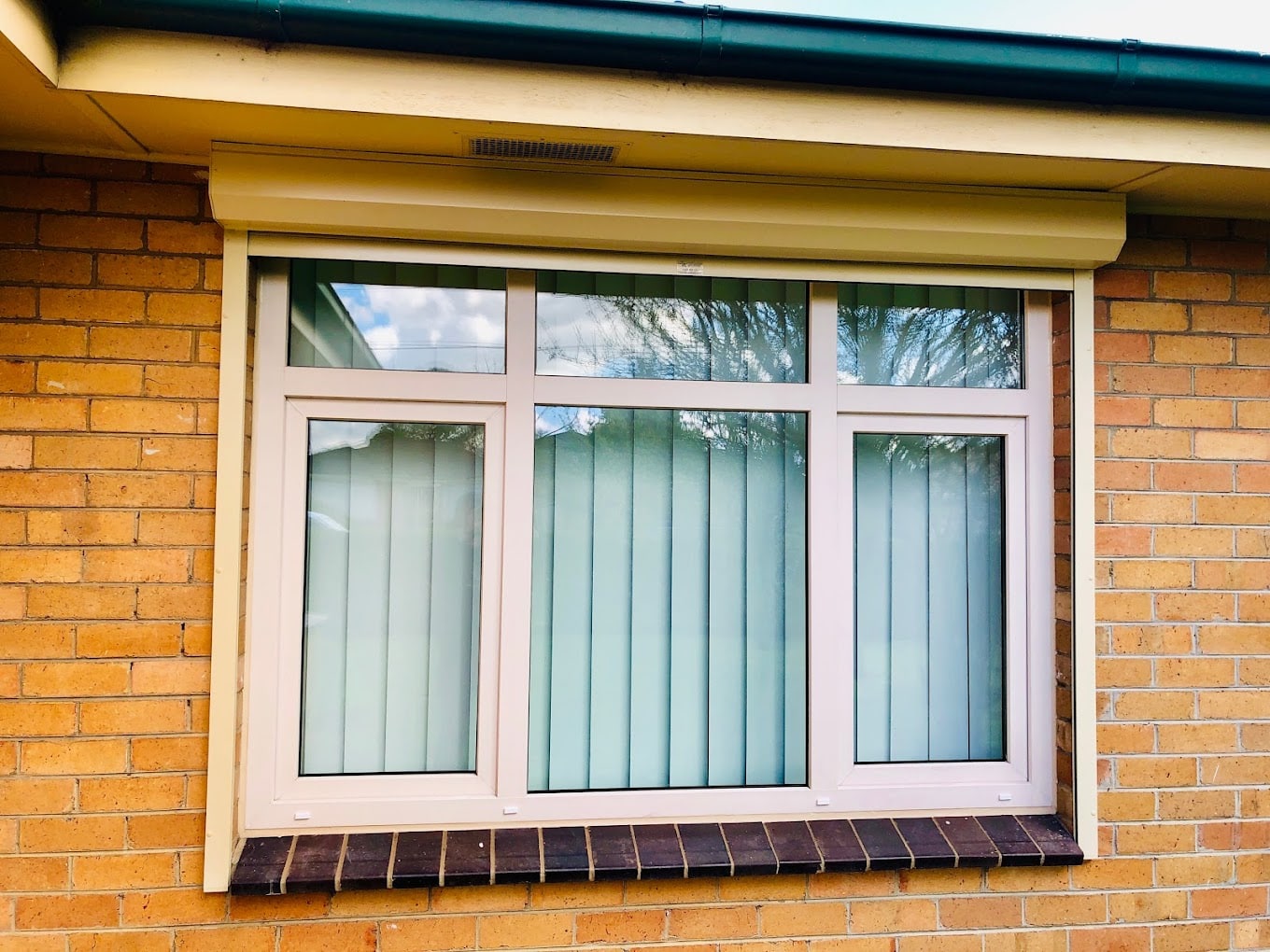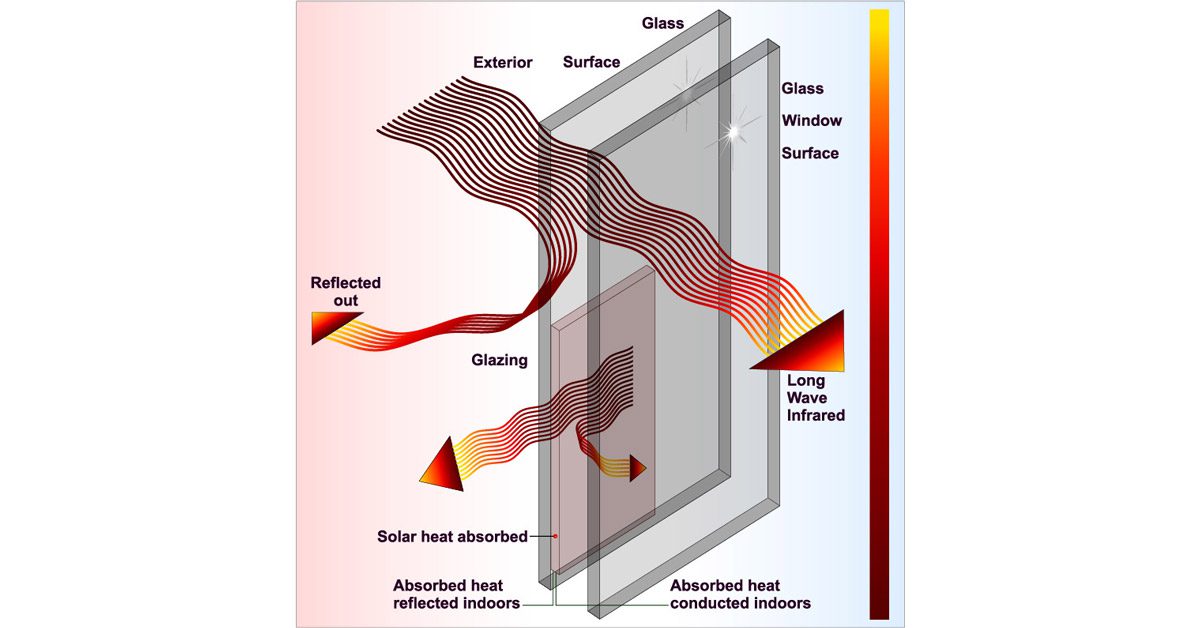All Categories
Featured
Table of Contents
Enjoy Your Summer More With Double Glazed Windows in Murdoch Perth
That window can send more solar heat in winter than in summer. A west-facing window on a summer season's afternoon has an angle of occurrence from near 0 approximately 30 with a large efficient area of solar radiation. A north-facing window, in summer season, has a high angle of occurrence and a low effective area of solar radiation, so can transmit less heat than a west-facing one.

You can rapidly and quickly improve the thermal efficiency of your home by replacing your windows. There are thousands of types of glass and frames to pick from.
Benefits Of Double Glazing Low-e in Menora Perth
Single glazing with clear glass is not very efficient when it comes to heat loss or gain. To improve efficiency, you can use single glazing with a more energy-efficient type of glass such as low emissivity (low-e) glass.
The energy efficiency of IGUs likewise depends on: the homes of each layer of glass. Various glass types (for example, clear and low-e glass) can be put together in an IGU.
Why Is Double Glazing So Important In Winter? in Daglish Western Australia

IGU cavities can be filled with air or a more inert, low-conductivity gas such as argon the width of the cavity. Larger cavities offer lower (better) U worths, with 12mm generally accepted as the favored gap how well the cavity is sealed.
If argon is installed to the cavity in location of air, moisture is reliably left out the level of desiccant (drying representative). The spacer (metal or polymer strip) that separates the glass layers includes a desiccant to soak up any moisture. Insufficient desiccant might cause wetness to condense on the glass surface in cold conditions, minimizing thermal efficiency.
Brisbane's Best Double Glazed Windows in Padbury Western Australia
In truth, IGUs can deliver much better energy efficiency for all environments, specifically in heated and air-conditioned houses. Cross-section information of single, double and triple-glazing units Low emissivity glass (typically called low-e glass) reduces heat transfer. Low-e glass might be either high or low transmission: High transmission low-e glass has a covering that enables daylight from the sun to pass into your home to accomplish excellent solar heat gain, however lowers the quantity of the long wavelength infrared heat that can leave back through the window.
Low-e glass has either a pyrolytic finishing or a vacuum-deposited thin film metal covering. Pyrolytic finishings are durable and can be utilized for any glazing; vacuum-deposited coverings are soft and are just used within IGUs. Low-e coverings can considerably enhance both U value and SHGC; nevertheless, they should be utilized correctly or they will either deteriorate or stop working to perform as needed.
How Double Glazing Can Help Keep Your Home Cool In ... in Bellevue Perth
Low-e finishes can be used in mix with clear, toned or reflective glass. Low-e coatings on glazing can decrease heat transfer where required Photo: Department of Market, Science, Energy and Resources Toned glass has actually colouring additives consisted of throughout manufacture. It is readily available in various colours, generally bronze, grey, blue and green.
Latest Posts
Double Glazed Windows in West Leederville Perth
Double Glazed Windows Melbourne in Medina Western Australia
Double Glazing Companies Near Me Reviewed 2023 in Huntingdale WA